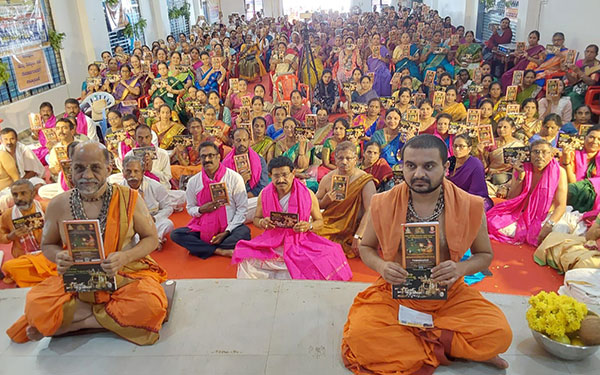Loss of habitat and knowledge could adversely impact diets of tribal communities living in Western Ghats .
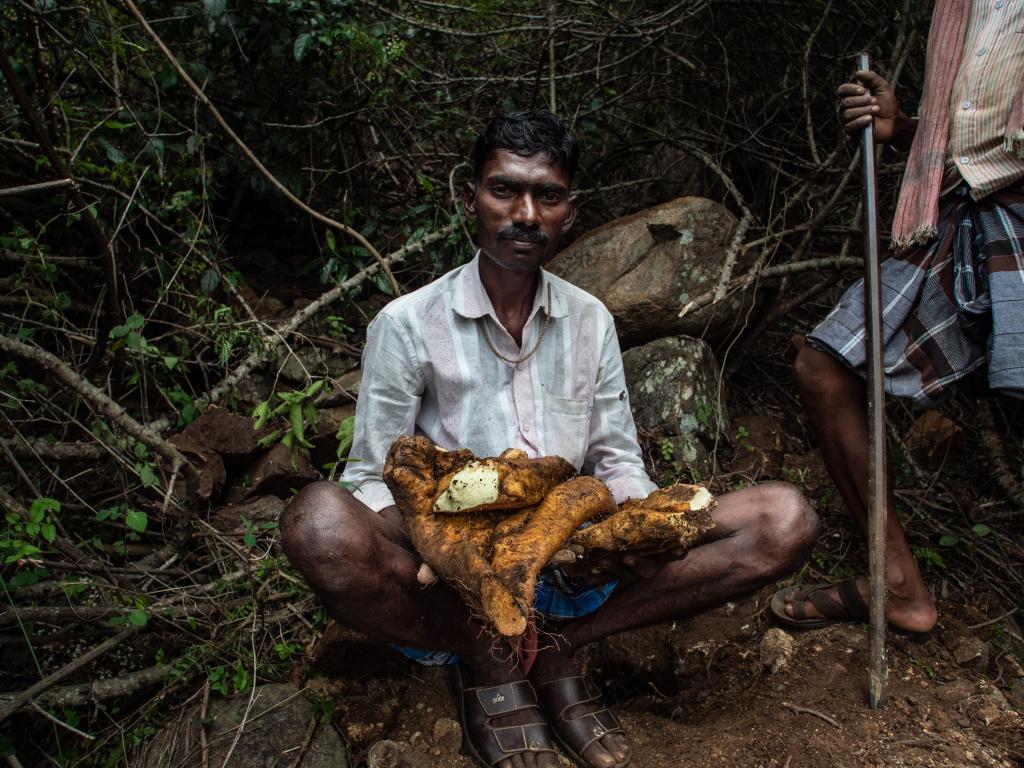
During summers, members of the indigenous group Soliga form teams to collect honey. The honey bees make their hives in the cracks and crevices of rocky cliffs in the Western Ghats. Collection is not an easy task but the Soligas have centuries of experience and know exactly what to do. They hang from the cliff edges using ropes made from vines and bamboo to first smoke the bees away from the hive and then collect the combs in baskets. The work is done during the night, which makes it more difficult.
Indigenous groups Soligas and Yeravas have been living in the Cauvery Basin and the surrounding hills of peninsular India for thousands of years. A recent book has looked into the diets of these communities, giving fresh insights into the foods that these two tribes forage from the forests.
Honey is an important part of the diet for the Soliga people, who still forage large parts of their food from the biodiversity-rich Ghats. The Western Ghats are one of the world’s biodiversity hotspots, with over 5,000 flowering plants, 139 mammals, 508 birds and 179 amphibian species. Many of these are part of the diet of the tribal communities in the region.
Soligas, one of the oldest indigenous communities in the country, are the original inhabitants of Karnataka and live mostly in the Chamarajanagar and Mandya districts. The Yeravas, on the other hand, came to the state from Wayanad district in Kerala and settled in Kodagu district of the state.
The recently launched Forgotten Trails: Foraging Wild Edibles, authored by Malemleima Ningombi and Harisha RP, chronicled the foods that these two tribes forage from the forests. Such foods form around 25 per cent of the Soligas diet and around 30 percent of the Yerava diet, said Harisha RP, who is a conservation biologist at Ashoka Trust for Research in Ecology and the Environment or ATREE.
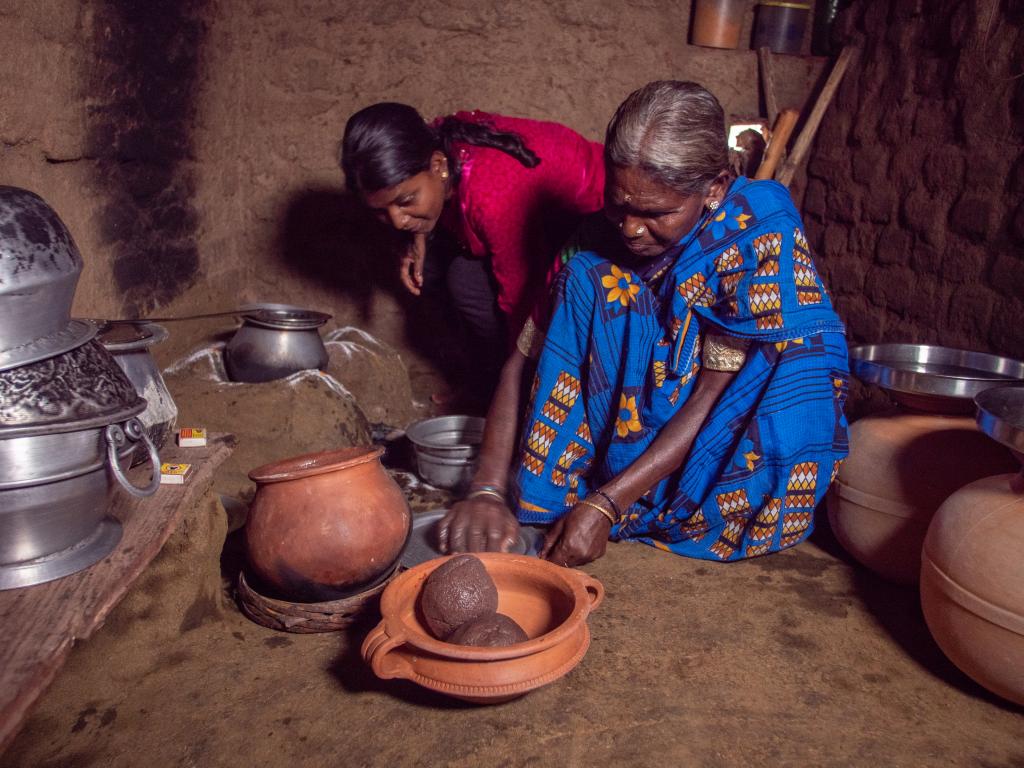
There is not much difference between the diets of these two communities other than that Yeravas use more tubers than Soligas. There are some 10-12 wild food plants that are unique to each community as they live in different landscapes, he added.
The Soligas and the Yeravas cook using the simplest of recipes — their sambar recipe is extremely similar — but the ingredients can change according to the season. The area witnesses four main seasons: Summer, monsoon, retreating monsoon and winter.
In the summers, they relish fruits like wood apples and mangoes and greens such as mushte soppu (Holostemma annulare), kaddi soppu (Jasminum sp) or anne soppu (Celosia argentea).
Mushrooms become part of the Yerava diet during monsoons, when they emerge overnight from barren land. Doddbidru or Indian thorny bamboo, shoots up during the rainy season too. The bamboo shoot sambar is consumed with much enthusiasm by the Soligas.
Cold and local multicoloured corn roasted over the fire used to be consumed often during retreating monsoons. However, this has become rare as communities have stopped cultivating the crop because it was frequently raided and destroyed by animals.
In winter, when warm foods are needed, the Yeravas, who work as labourers in coffee plantations, depend on the wild berries of various nightshade plants and edible ferns that grow along the streams.
The authors highlighted that the food that Soligas and Yeravas depend on for survival is now affected by changes in land use and shifting policies. Worse, traditional knowledge is steadily being lost as young people are migrating out. This knowledge is important for foraging for the right food.
For example, the Soligas have learned that bamboo shoots have to be uprooted and de-skinned with bare hands to ensure that they do not become poisonous. Similarly, the Yeravas know first, that all mushrooms are not edible and, second, that care has to be taken that they do not mature and get infested with insects. The skill of collecting the right ones at the right time is getting lost among the younger generation.
There have been efforts to ensure that the next generation understands the value of these plants. For instance, the Soliga community-run business ADAVI promotes the processing and value addition of some cultivated foods and nontimber forest products. The book has documented the wild plants in the area, along with recipes to prepare food from them. This, too, will help preserve and pass on traditional knowledge to the next generation.
The foraging trips help members of the tribe bond and help the next generation assimilate the skill. Foraging together, bonding, coexisting, laughing, arguing, taking risks, making do with what is found and sharing are what bring the community together, said the authors.
source: http://www.downtoearth.org.in / Down To Earth / Home> News> Food / by Vibha Varshney / January 14th, 2024
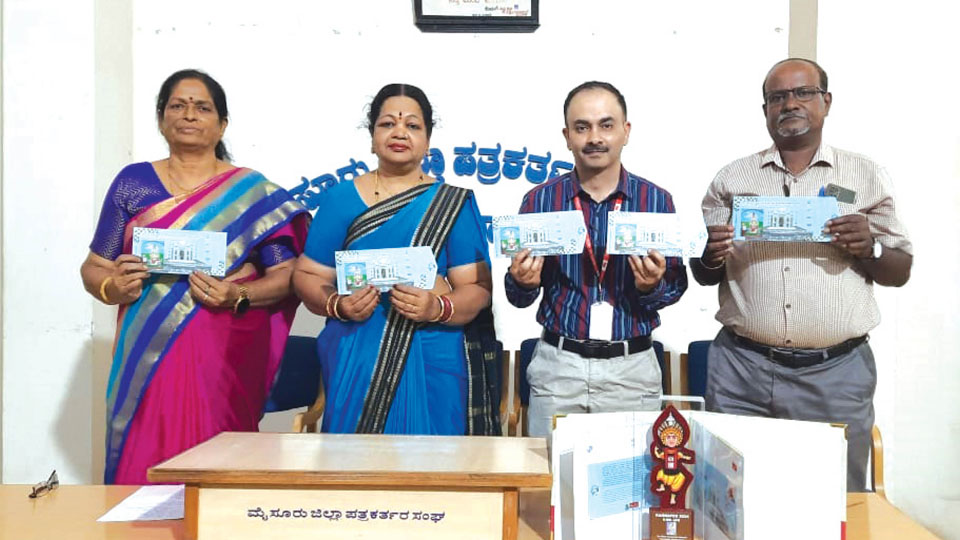
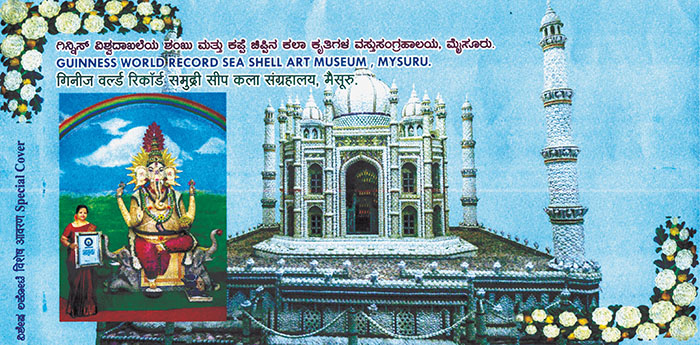
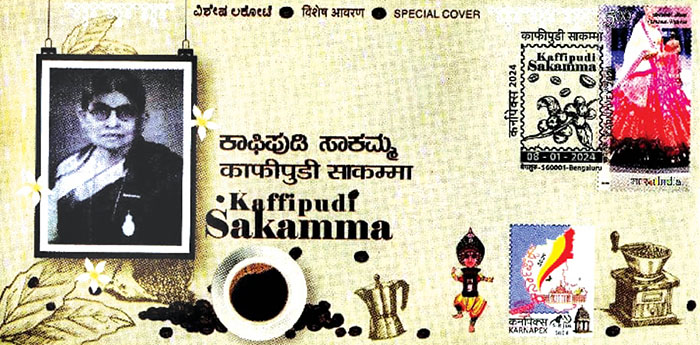
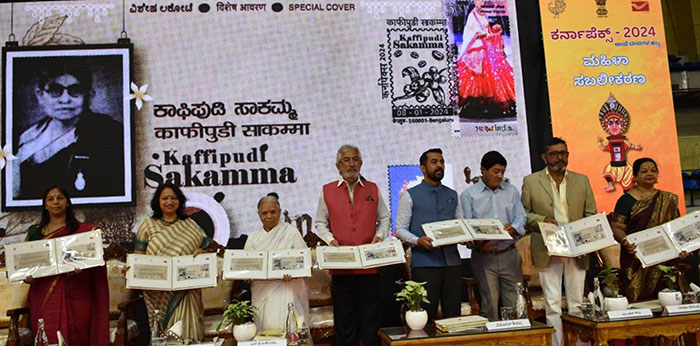
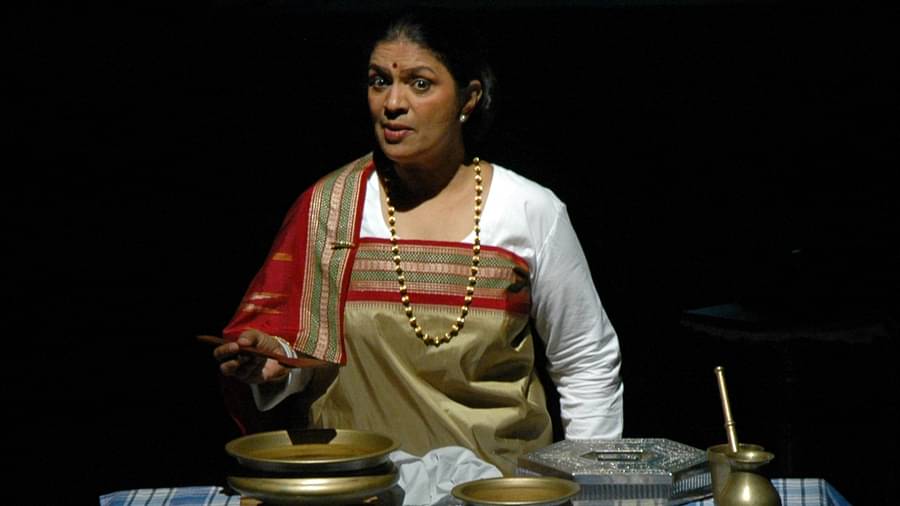
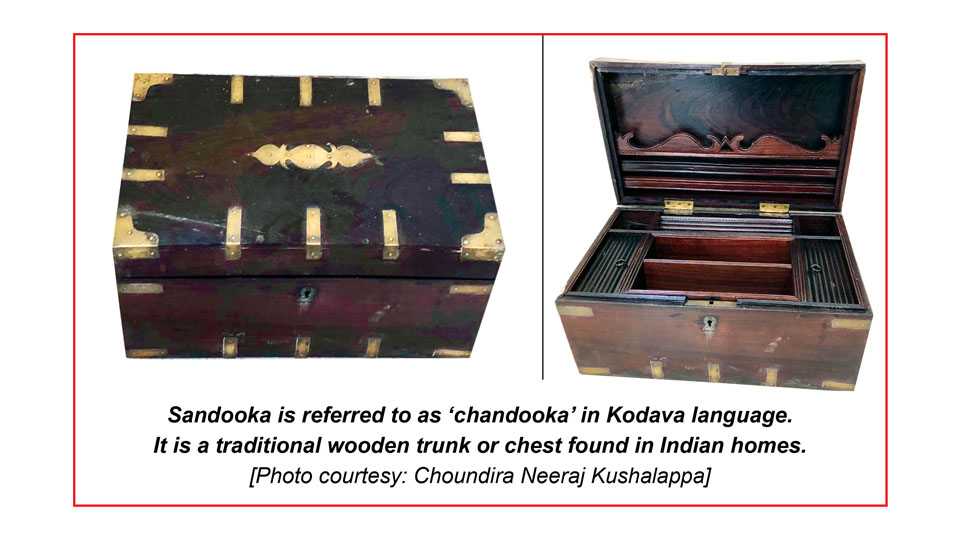
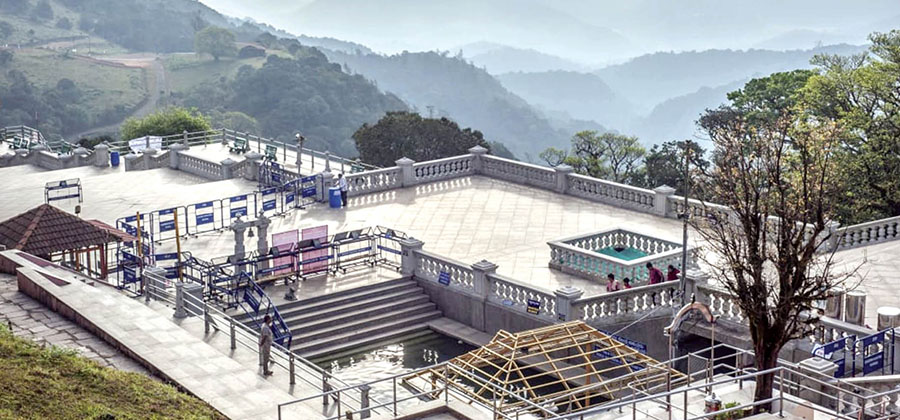
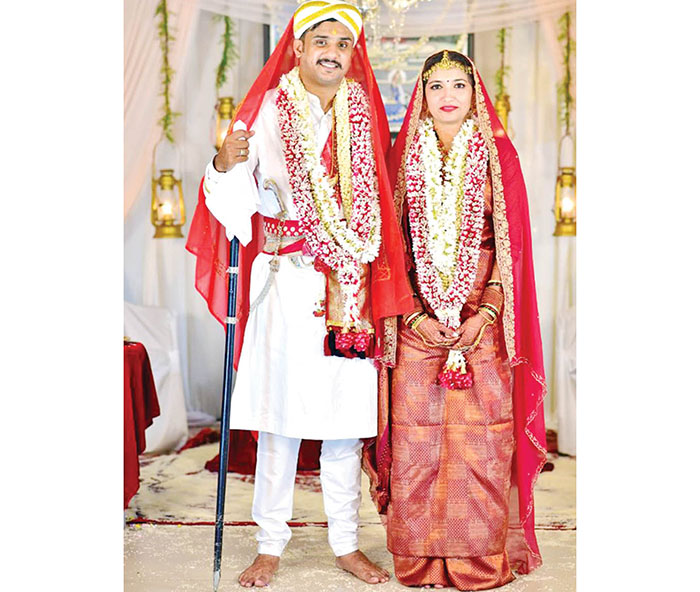
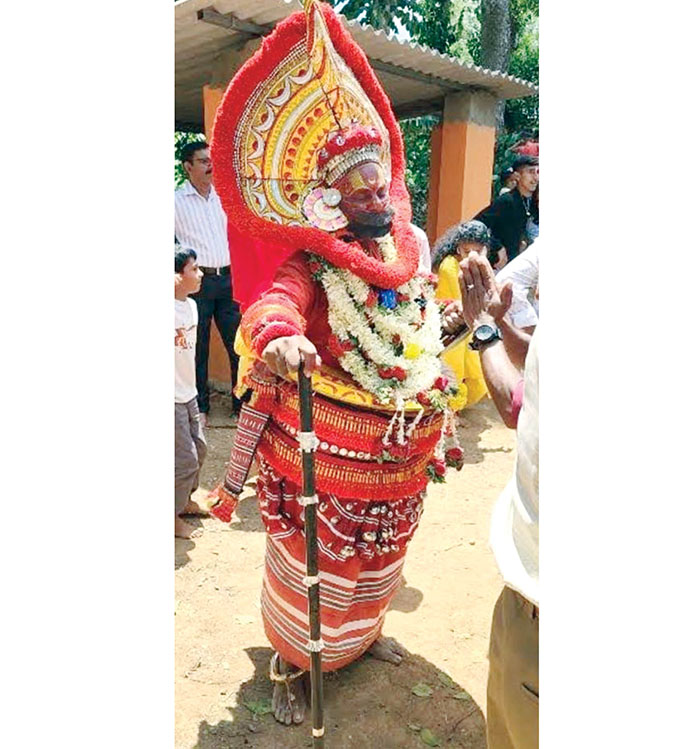
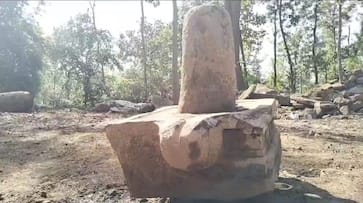
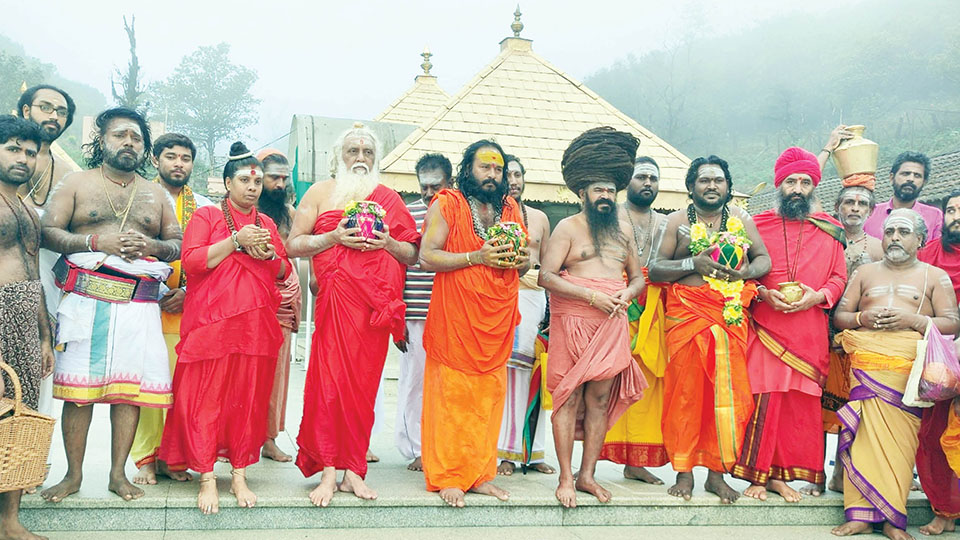



![Picture] MS Dhoni parties with wife Sakshi at Robin ...](https://staticg.sportskeeda.com/editor/2023/12/ca5ce-17037730738794-1920.jpg)
